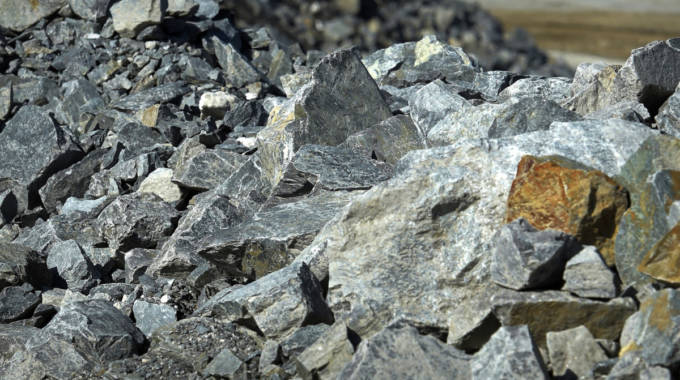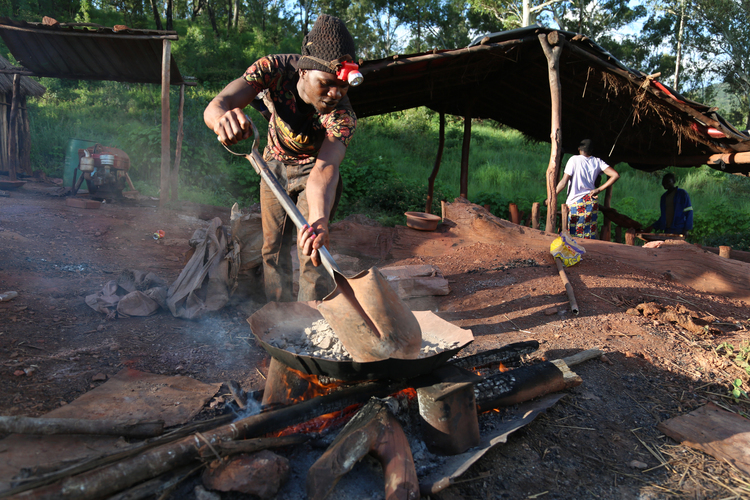
The Sunday Mail

. . . to add fillip to economic growth
Business Reporter
THE growing global demand for lithium — a mineral which is critical in the manufacture of batteries that power electric vehicles, among other renewable energy products — as well as continuing multi-million-dollar investments in local mines, could significantly boost Government revenues and give impetus to local economic growth.
Bikita Minerals Mine, which was once the country’s sole lithium mine, is presently expanding its petalite and spodumene plants after its acquisition by Sinomine in February 2022, and now expects to generate more than US$1 billion in revenues by next year.
Its revenues have been progressively rising from US$25 million in the pre-Covid-19 period to US$47 million last year.
This year, it expects to generate about US$750 million if new plants are successfully commissioned.
It would be a significant contribution to the fiscus, considering that the mining sector cumulatively grossed US$5,5 billion last year.
Similarly, the annual turnover of Manicaland-based Sabi Star Mine, whose construction is close to completion, is forecast at US$600 million annually.
Two other new lithium mines — Prospect Lithium Zimbabwe Mine (Mashonaland East) and Zulu Lithium Mine (Matabeleland North — will begin production this year, further boosting output and revenues.
Under Government’s plan to grow mining to a US$12 billion sector by year-end, the lithium sub-sector was projected to contribute US$500 million.
As the world moves towards zero net emissions, lithium will drive economic growth in producing countries.
Zimbabwe holds the largest lithium deposits in Africa. According to the World Economic Forum, the country has the potential to produce more than 20 percent of the world’s output if its deposits are fully exploited.
“The indicators to gauge the potential of the industry are all looking good,” Mr Carlos Tadya, a Harare-based economist, told The Sunday Mail Business recently.
Lithium-ion batteries are used to power electric vehicles, and produce solar panels and a range of many other electronic devices.
Last year, electric vehicle (EV) sales increased to more than 10 million worldwide, with China accounting for 60 percent of the market, according to a report produced by the International Energy Agency (IEA).
The record sales figures, contained in the IEA’s Global EV Outlook for 2023, continue to show sustained growth for the electric vehicle industry. A report by Research and Markets says the global revenue of lithium-ion batteries will top US$165,8 billion by 2030, representing a 15,3 percent annual growth rate.
Scanlen and Holderness, a law firm, said in a recent analytical report on lithium that, with the world moving towards more innovations that require lithium, investors had moved swiftly into Zimbabwe’s lithium sector, which is now mainly dominated by Chinese enterprises.
“It is no surprise that Chinese investors have moved quickly into acquiring mining entities and claims and have entered into joint venture agreements with local and Government entities for the sole purpose of exploiting lithium,” the law firm says. It is estimated that over the past three years, investors committed to investing at least US$10 billion in the country’s lithium assets, Scanlen and Holderness added.
Notable investments in the past two years include the US$422 million deal where Zhejiang Huayou, the world’s biggest producer of cobalt, acquired controlling rights in Zimbabwe’s Arcadia Mine (Prospect Lithium Zimbabwe).
United Kingdom-listed Premier African Minerals also concluded a joint venture agreement with Li3 Resources to acquire a 50 percent interest in Premier’s lithium assets located in Mutare.
Another transaction involved the acquisition of African Metals Management Services and Southern African Metals and Minerals by Hong Kong’s Sinomine for US$180 million (Bikita Minerals).
Sinomine has reportedly invested over US$200 million in spodumene and petalite plants at the mine.
Chengxin Lithium Group also spent US$77 million to acquire mining rights in the largely unexplored Sabi Star lithium-tantalum mine project in Buhera.
The company says it has invested US$22 million in exploration, feasibility studies and civil works.
By the time the company starts production, it would have invested US$130 million.
The investments are, however, reportedly still continuing.
It is understood that there are ongoing negotiations among China Natural Resources, Feishang Group and Top Pacific (China) for the potential acquisition of a Zimbabwean lithium mine valued at approximately US$1,75 billion.
Various investors have already indicated plans to set up beneficiation facilities in Zimbabwe.
Last year, Government signed a memorandum of understanding with an investor intending to set up a lithium batteries manufacturing plant in Mapinga.
In addition, United Kingdom-listed firm Marula Mining has announced plans to establish a value-addition lithium operation, Muchai Mining, in Bikita, Masvingo province.
Exploration is ongoing and several discoveries have been made, geologist Mr Paul Chimbodza, who is also a director of Prospect Lithium Zimbabwe, said.
In January this year, the Government banned the export of raw lithium to encourage investments in value addition, as well as curb the growing smuggling of raw lithium.
But the law allows the export of any lithium-bearing ore with the written permission of the Minister of Mines and Mining Development.
“The move by the Government (the ban on raw lithium exports) was commendable because (the country) can attract capital in the whole lithium value chain,” said Mr Tadya.
Engineer Mr Fred Moyo believes competitiveness in beneficiation and value addition depends on the quality of infrastructure, skills and competencies, technological innovations and support from the financial sector.






